Located on a high mound in the middle of the low-lying plain of Quan Tu village, Son Dong commune, Am pagoda appears like a tranquil lotus in the middle of a vast sea of rice. It is no coincidence that the locals here compare the pagoda to a lotus platform - an image that not only evokes purity, but also contains deep respect for the sacred place that has been present for more than three centuries.
Built during the reign of King Le Hy Tong and completed under the reign of Vinh Thinh, Am Pagoda is one of the few pagodas that still retains the original marks of the architectural art of the Later Le Dynasty. The front house has five compartments and two wings, the roof is covered with fish-tail tiles, the curved edges look like birds flying to the sky. The rafters, beams, and arched doors in the pagoda are elaborately carved, meticulously down to every detail such as: dragons winding in the clouds, phoenixes dancing under the moon, chrysanthemums, lotus flowers, symbols that are both familiar to the people and imbued with Buddhist thought.
Am Pagoda - an ancient pagoda in Quan Tu village (Son Dong commune) has been preserved for many generations and has become a famous spiritual tourist destination.
But what makes the soul of Am Pagoda is not only the architecture but also the ancient artifacts that are being preserved. The Buddha statues carved from jackfruit wood, dating back several hundred years, still retain their compassionate and peaceful hues. Stone steles, bronze bells, and monolithic incense sticks, all serve as witnesses to a golden age, reflecting the strong development of Buddhism and spiritual life in the Northern village community.
The temple worships the Three Worlds Buddha, the Holy Mother, the God, the Jade Emperor and 18 Arhats. This combination reflects a system of beliefs that harmonizes Buddhism, Taoism and indigenous beliefs, showing the flexibility and tolerance in the spiritual life of the Vietnamese people. These worshiping classes are not only rituals but also symbols of the aspiration for goodness and the belief in the balance between heaven, earth and human.
Am Pagoda is a combination of a belief system that harmonizes Buddhism, Taoism and indigenous beliefs.
Am Pagoda has an ancient, mossy style and is a peaceful place to return to your roots.
For the people of Shandong, Am Pagoda is a place to return to during the changing seasons, a place to send prayers during the stormy days of life. Every March festival, the whole village carries palanquins to the pagoda, offers incense to Buddha, and brings along banh chung, banh day, and banh mat - rustic gifts but imbued with the gratitude of the homeland. The festival atmosphere is not only sacred and solemn but also bustling with the sound of drums, songs, and poems - vibrant cultures preserved through many generations.
If Am Pagoda is quiet in the countryside, Thanh Lanh Pagoda in Binh Tuyen commune appears like a hidden temple on a high hilltop, between green forests and clear lakes. Standing from the pagoda, visitors can take in a vast natural area - where mountains, clouds and the lake seem to blend together. It is this communion that has made Thanh Lanh Pagoda a spiritual gathering place, where people can feel absolute peace in the midst of the bustling world.
Thanh Lanh Pagoda becomes a spiritual gathering place, where people feel absolute peace in the midst of the hustle and bustle of the world.
The pagoda was built in the early 17th century, bearing the architectural imprint of the Le Dynasty. The curved roof, the yin-yang tiles are arranged in neat rows; the rafters and the embossed panels depict the four sacred animals and the four seasons, demonstrating the sophisticated technical level and meticulousness in aesthetic thinking. What is special is that in addition to ancient artifacts such as Buddha statues, horizontal lacquered boards, and parallel sentences, the pagoda also received many statues donated by people and Buddhists from all over. This is not only a sign of sincerity but also a symbol of the strong bond between the pagoda and the community.
During the war years, the pagoda was severely damaged, but with the love for the spiritual place, the local people contributed their efforts and money to rebuild each stone and tile. Looking at the spacious main hall today, few people can imagine the hardships and toil of many generations of people who have silently protected and restored the pagoda. Not only stopping at restoration, Thanh Lanh Pagoda also expanded the lecture hall and the monks' house, creating conditions for studying, preaching and welcoming visitors from all over.
The pagoda is not only a place to practice Buddhist teachings but also a space to educate morality, compassion and the spirit of sharing. Many charity programs and community activities are regularly organized here such as: Free rice distribution, supporting the poor, disaster relief... All contribute to spreading the spirit of compassion and the tradition of "helping each other" of Vietnamese culture.
Thanh Lanh Pagoda is preserved and restored to meet the cultural and religious needs of local people and visitors.
Ms. Nguyen Thi Minh, a tourist from Hanoi, was stunned by the beauty of the pagoda after offering her prayers and confided: "I have been to many temples and pagodas, but coming here, I feel like I have entered another world , very quiet, ancient, close and profound." Perhaps, that feeling is not only for Ms. Minh. For many tourists from all over, Thanh Lanh Pagoda is a stop to send wishes in the last days of the year or the beginning of a new season.
From pagodas like Am Pagoda or Thanh Lanh Pagoda, one can clearly feel how closely culture, beliefs and people's lives are connected. Pagodas not only keep people's beliefs but also preserve the way of thinking, lifestyle and customs passed down from generation to generation.
Nowadays, in the flow of tourism development, preserving ancient pagodas is not only protecting relics but also preserving the identity of a land. When tiles, statues or traditional festivals are cherished and promoted, that is the moment when the past, present and future meet in harmony. There, tourism is no longer a wandering search for destinations but becomes a journey deep into the cultural core of a countryside - where the temple bell still rings in the afternoon, gently reminding people of their roots, of the lasting values that time cannot erase.
Le Minh
Source: https://baophutho.vn/gin-giu-nhung-ngoi-chua-co-gan-voi-phat-trien-du-lich-237083.htm


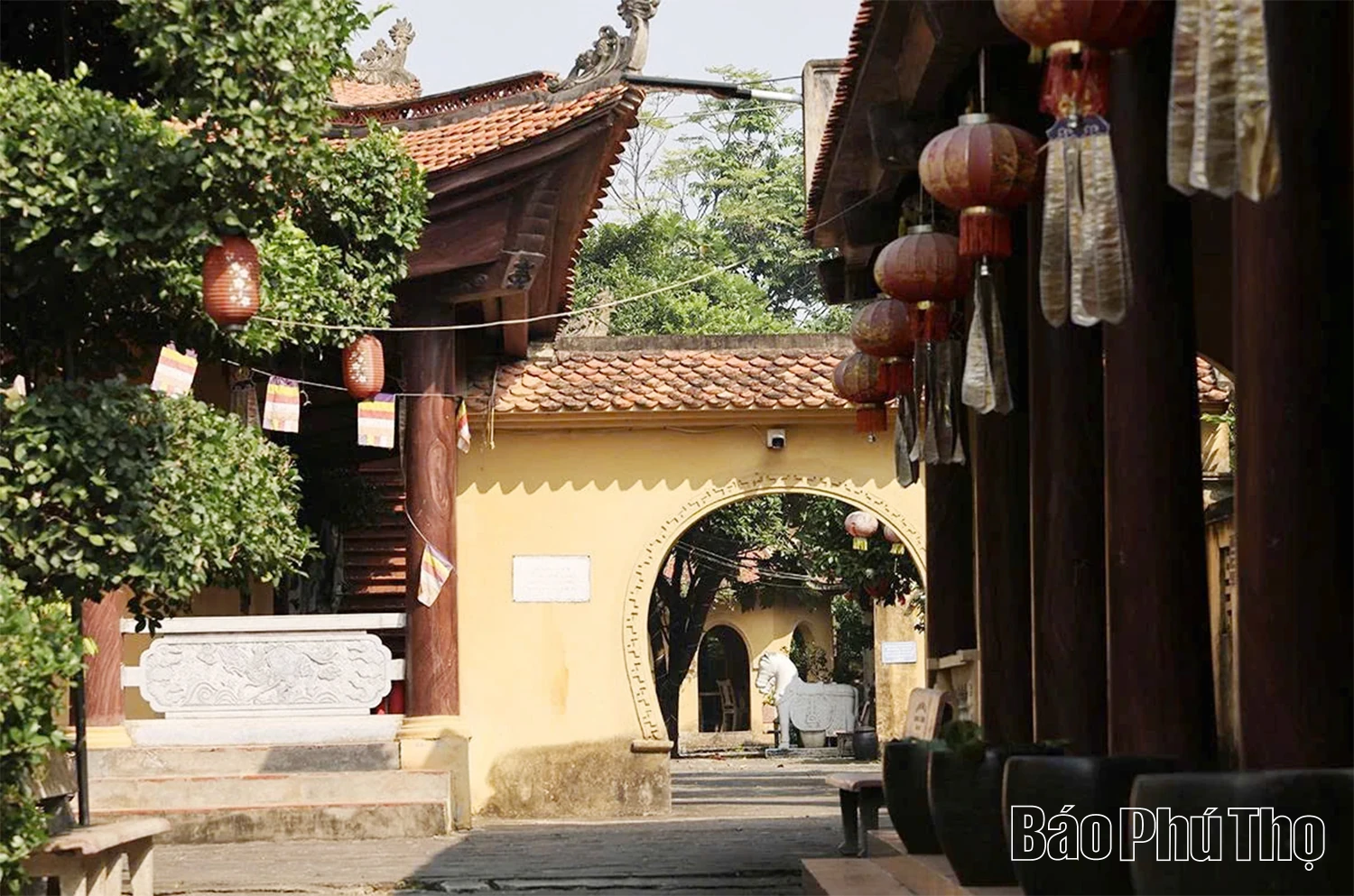
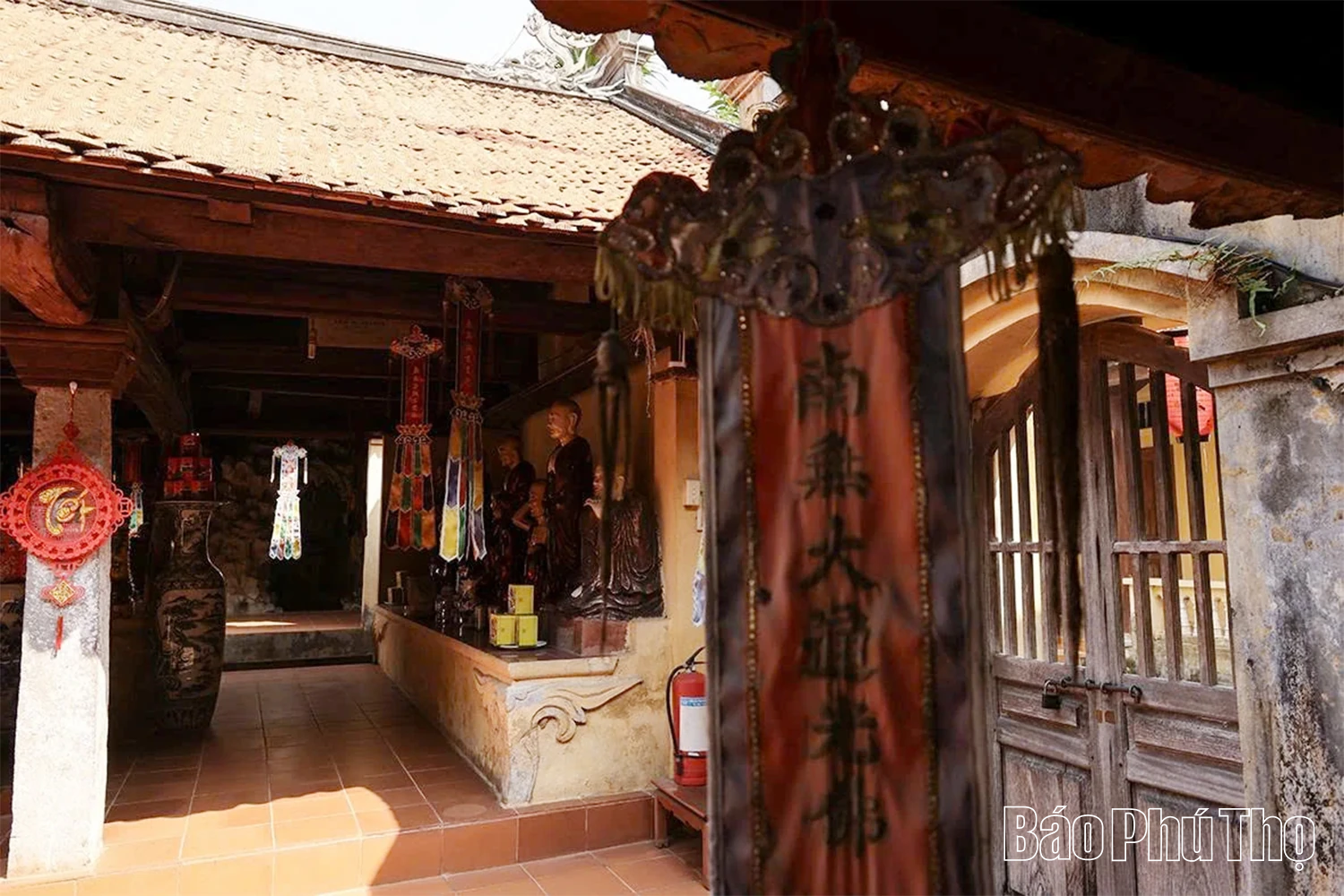
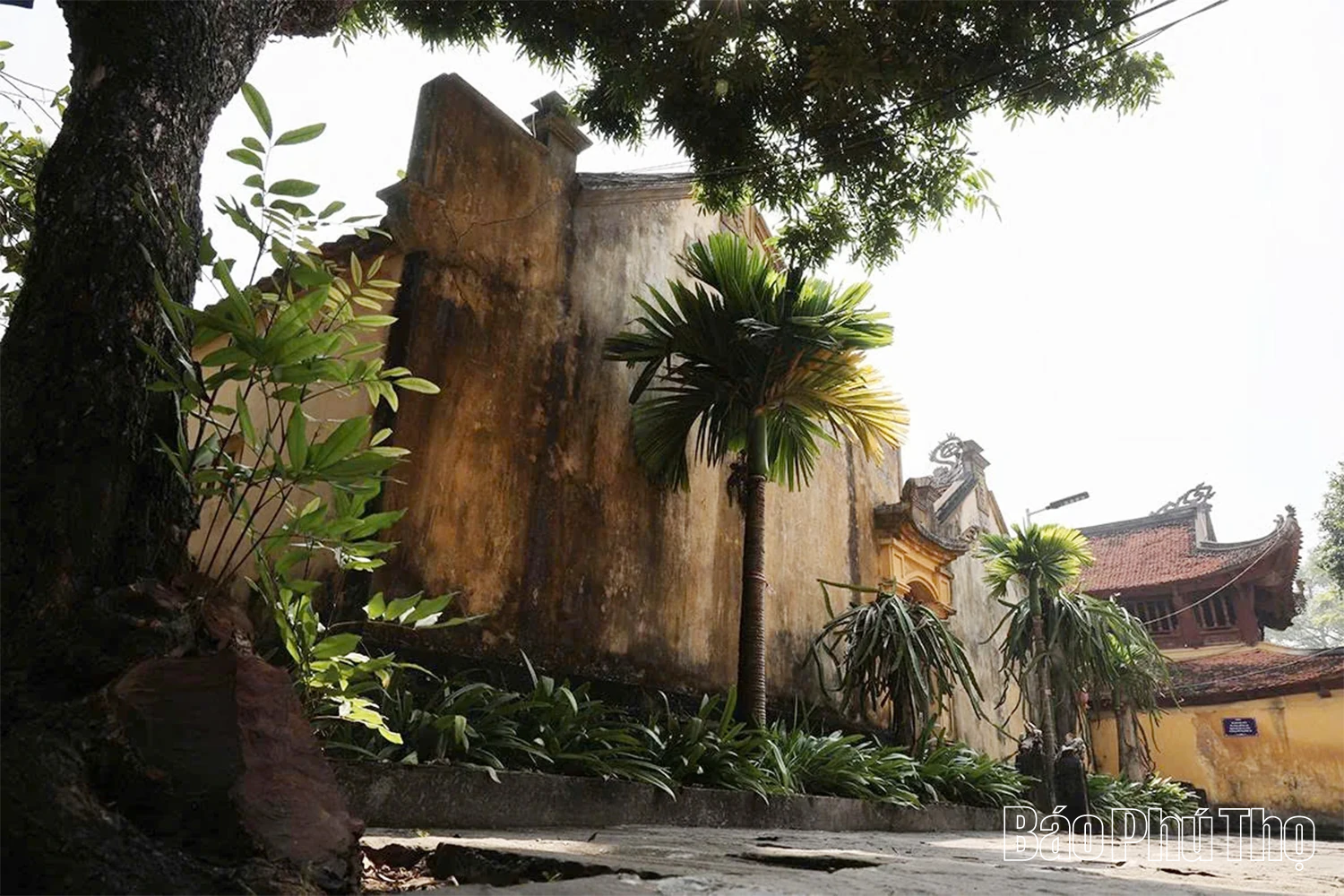
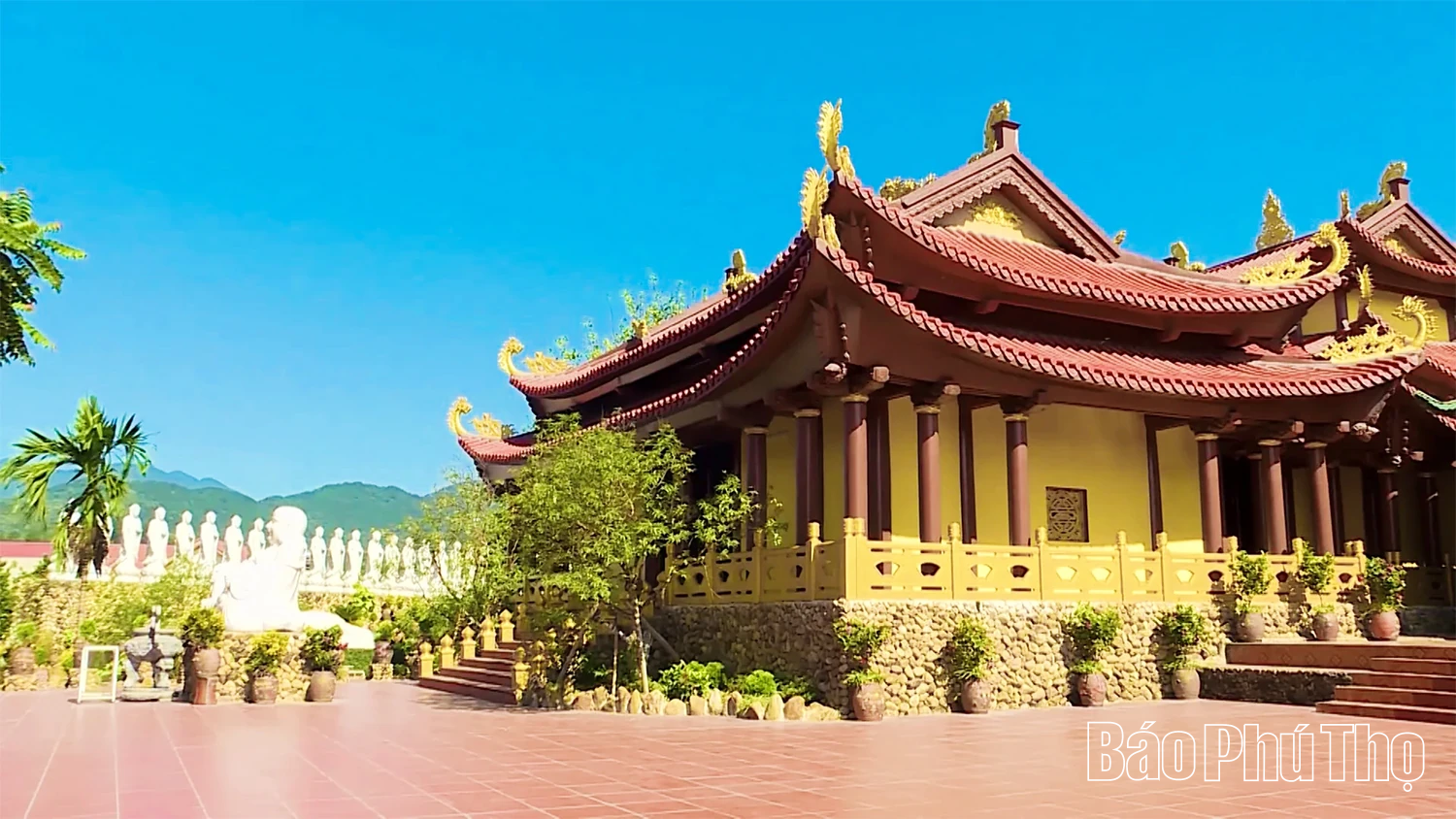
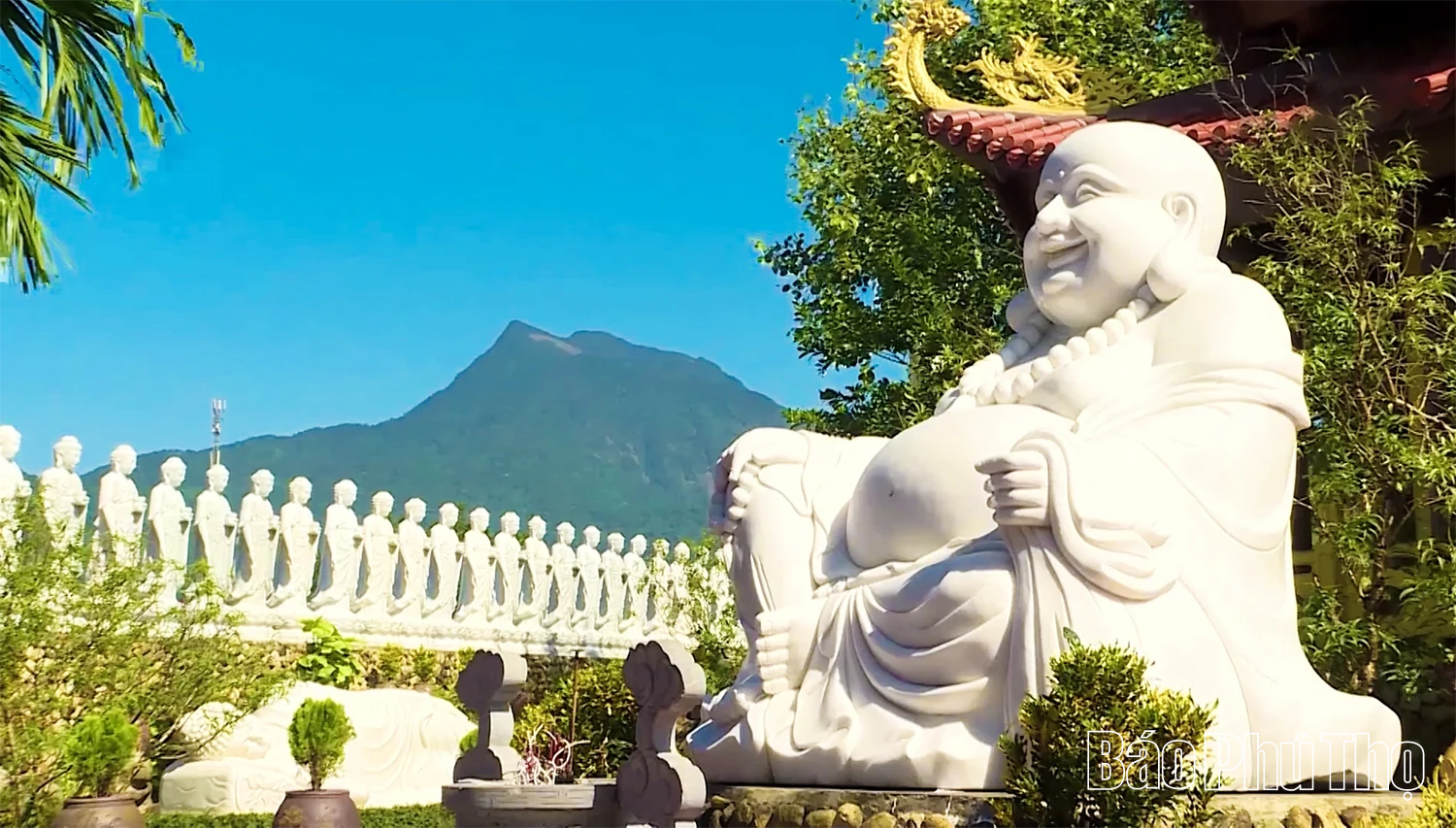






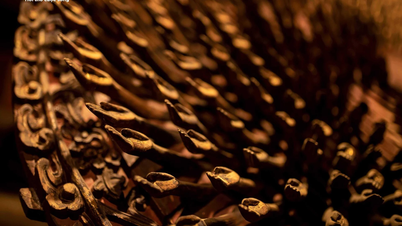





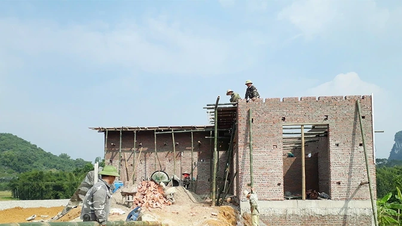
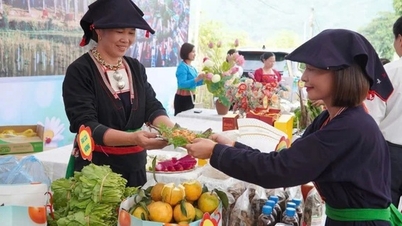



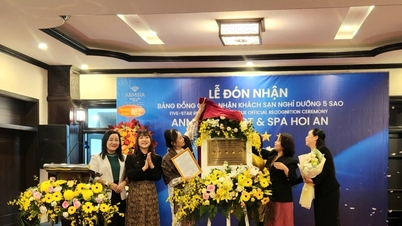

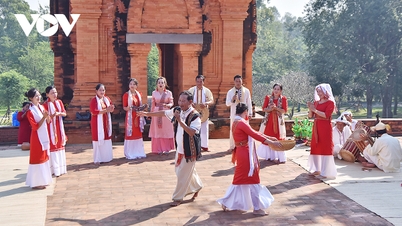

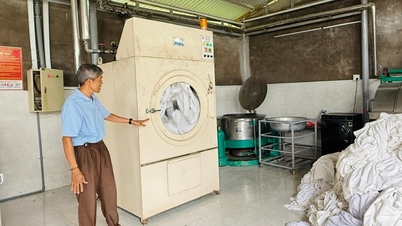

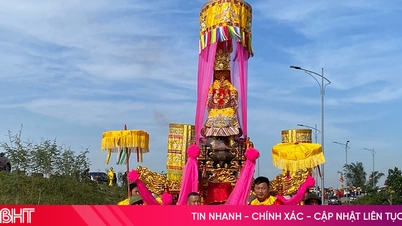

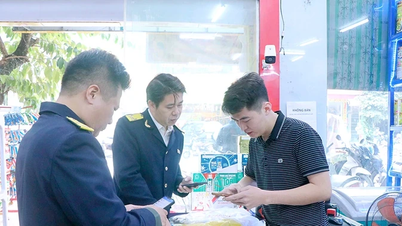




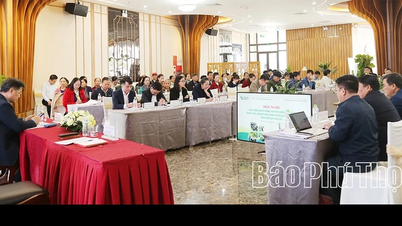
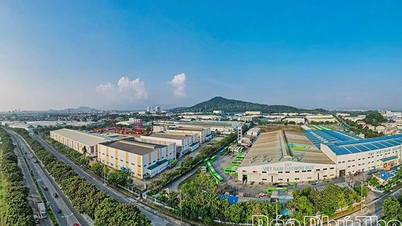

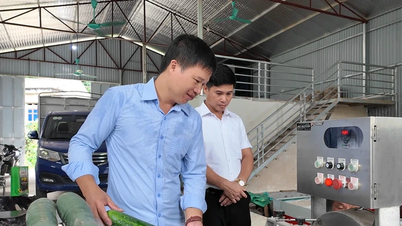
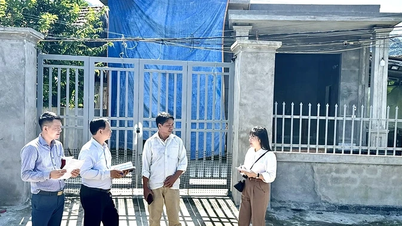
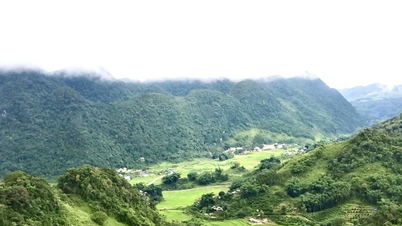
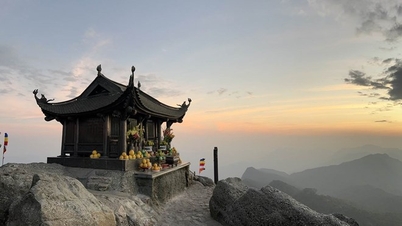

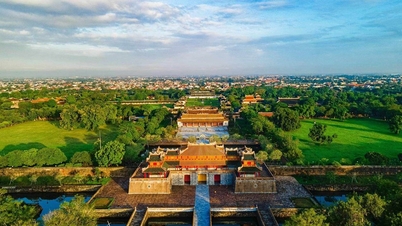

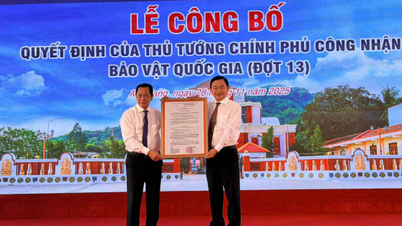

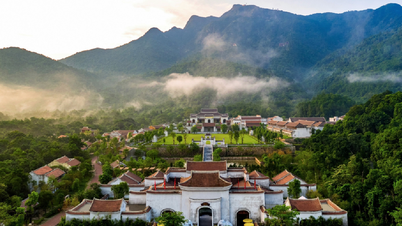

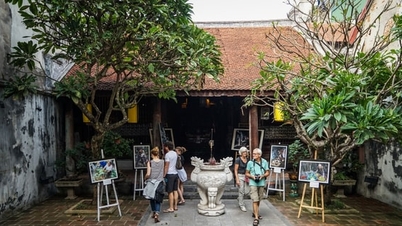

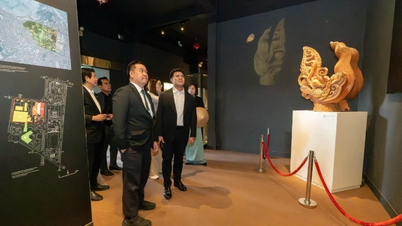





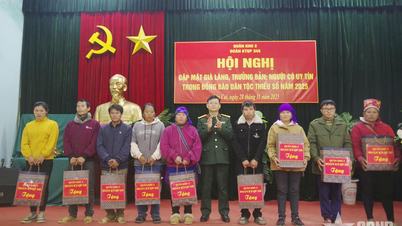

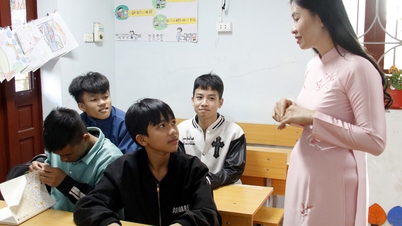












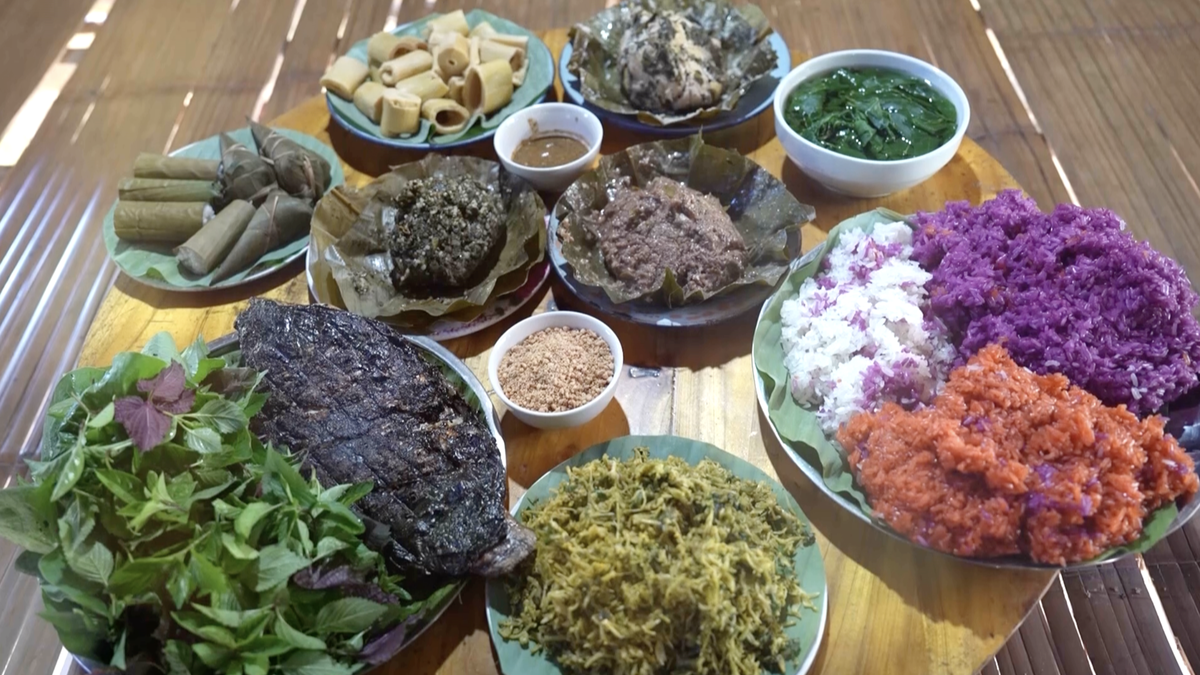
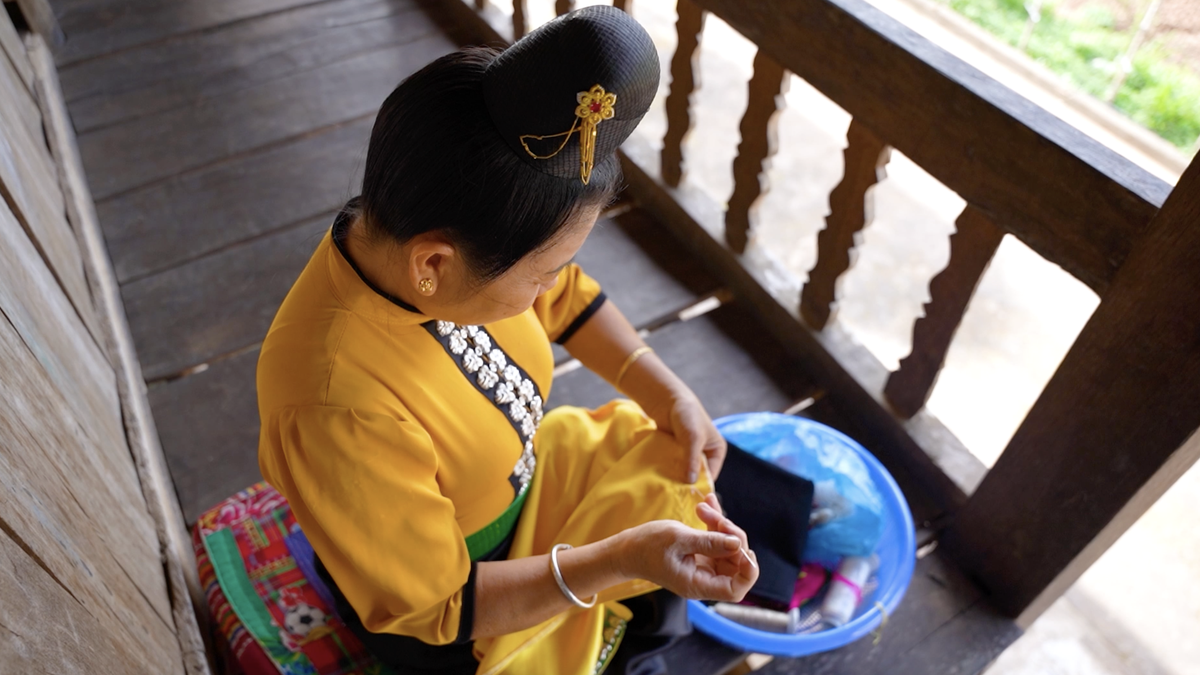

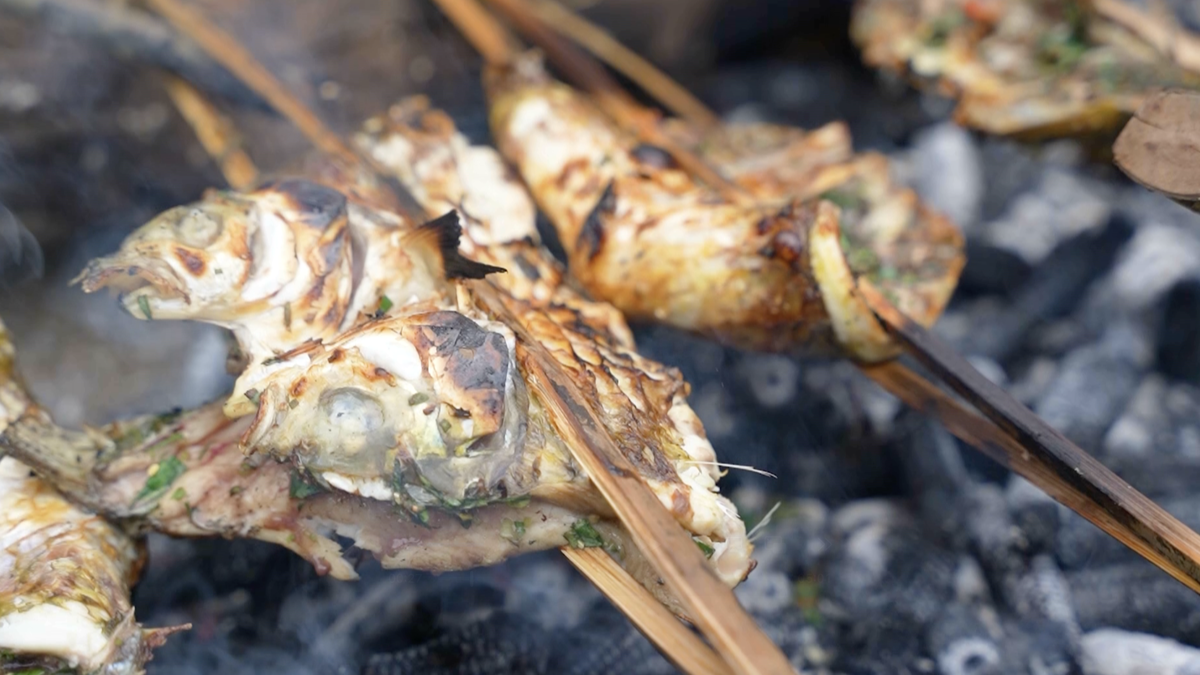

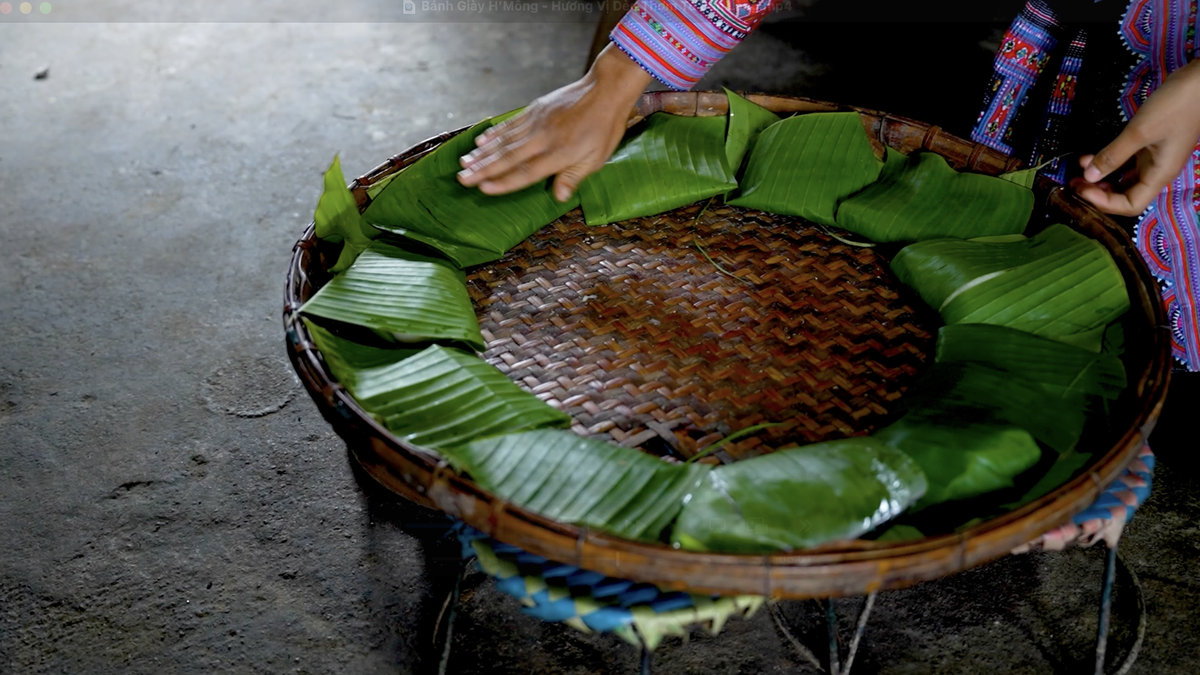





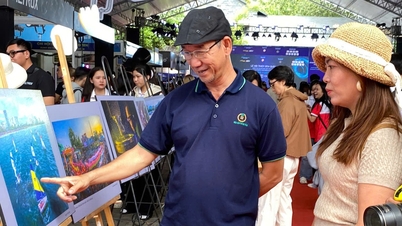












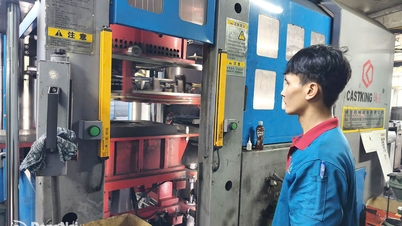







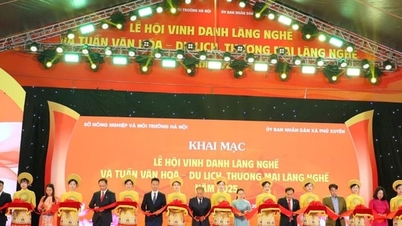









Comment (0)